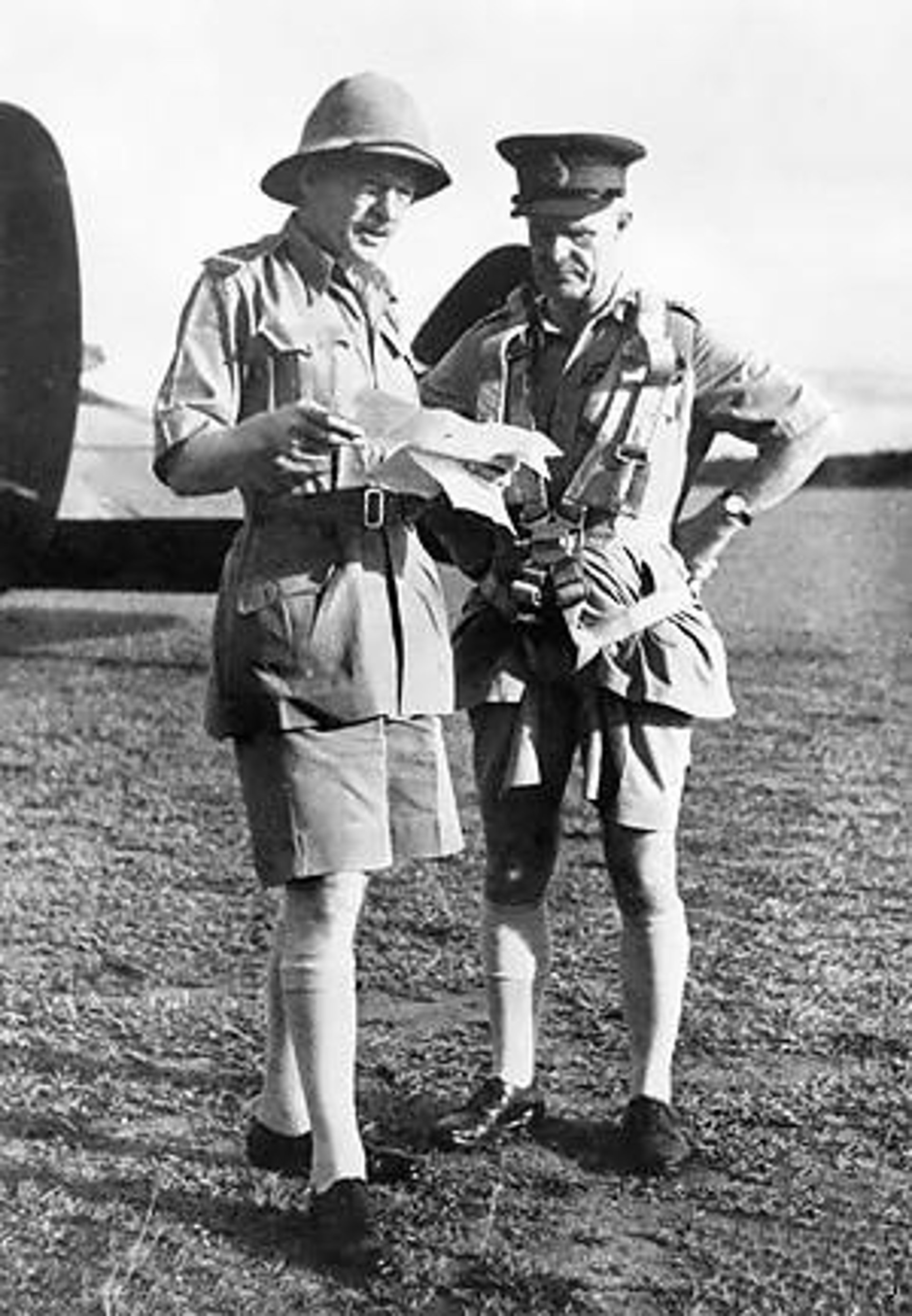
You didn’t come this far to stop
A House Divided –
The Strained Defense of Malaya and Singapore
Descent into Hell, Episode 5: A House Divided – The Strained Defense of Malaya and Singapore
As the clouds of war loomed over Southeast Asia, the internal conflicts within the Defense Committee of Malaya and Singapore grew more pronounced, leading to a fragmented defense strategy that would have dire consequences. This episode delves into the tension between key military leaders, focusing on the pivotal replacement of Vice Marshal Sir John "Badminton" Badminton with Air Chief Marshal Sir Robert Brooke-Popham, and how this shift exacerbated the already strained defense of the region.
WW2 HISTORYDESCENT INTO HELLIN THEIR FOOTSTEPS BLOG
Toursofwar.com
7/18/20245 min read
In September 1939, as war erupted in Europe, the Defense Committee of Malaya transitioned into the War Committee, tasked with protecting British interests in Southeast Asia. Key figures included Governor Shenton Thomas, Secretary of Defence Charles Vyner Brooke Leyland, Major General Lionel Bond, and the newly appointed Air Officer Commanding Far East, Air Chief Marshal Sir Robert Brooke-Popham. The addition of Admiral Sir Percy Nobles, following the relocation of the China Squadron headquarters to Singapore, added a naval perspective. However, instead of fostering unity, the committee became a stage for conflicting priorities and strategic disagreements.

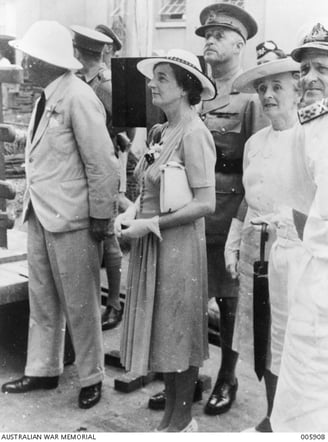
The Formation of the Defense Committee
Leadership and Influence
The Rise of
Robert Brooke-Popham
Air Chief Marshal Sir Robert Brooke-Popham, born on 18 September 1878 in Mendlesham, Suffolk, was a senior commander with a distinguished career. He served in the Royal Flying Corps during World War I and later held high command positions in the Middle East. As the first commandant of the RAF Staff College at Andover and later as Governor of Kenya, Brooke-Popham was known for his strategic vision, particularly in the use of air power. However, his appointment as Air Officer Commanding Far East in 1940 brought with it a contentious shift in the defense strategy for Malaya and Singapore.
Brooke-Popham was a strong advocate of air power, believing that the Royal Air Force (RAF) could play a decisive role in defending Malaya and Singapore. His strategy focused on establishing dispersed airfields across the Malay Peninsula, from which the RAF could intercept and destroy any Japanese invasion force before it reached British territory. This vision, however, clashed with Major General Lionel Bond's ground-centric defense approach, which emphasized the need to fortify southern Johor and Singapore Island.
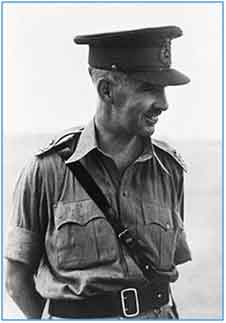

Strategic Division and Conflict
The strategic differences between Brooke-Popham and Bond led to significant tension within the Defense Committee. While Brooke-Popham pushed for strengthening air defenses, Bond remained adamant that ground forces were essential for the successful defense of Malaya and Singapore. Bond's refusal to comply with Brooke-Popham's airfield-centric plan and his insistence on defending southern Johor reflected his belief that the RAF alone could not secure Malaya. This division in strategy resulted in a disjointed defense plan, with resources and focus split between air and ground defenses.
The situation was further complicated by the lack of sufficient resources and reinforcements from London. The British government, already stretched thin by the war in Europe, was reluctant to divert additional troops or equipment to the Far East. As a result, both the air and ground defenses in Malaya were under-resourced, leaving the region vulnerable to Japanese aggression.
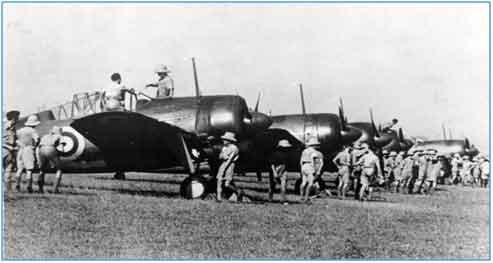

The Changing of the Guard
As the clouds of war loomed over Southeast Asia, the internal conflicts within the Defense Committee of Malaya and Singapore grew more pronounced. The pivotal replacement of Vice Marshal Sir John "Badminton" Badminton with Air Chief Marshal Sir Robert Brooke-Popham marked a significant shift in the defense strategy for the region. Badminton, who had a traditional view of military strategy, was replaced by Brooke-Popham, a firm believer in the primacy of air power. Brooke-Popham’s approach centered on the RAF's capability to intercept and destroy any Japanese invasion force before it could reach Malaya. However, this strategy required the establishment of dispersed airfields across the Malay Peninsula, a point of contention with Major General Bond, who favored a ground-centric defense approach focused on southern Johor.
The Fall of Singapore
The internal conflicts within the Defense Committee and the failure to reconcile the differing strategic visions of Brooke-Popham and Bond had devastating consequences. As Japanese forces advanced through Malaya in late 1941, the inadequately defended airfields fell quickly, and the ground troops were unable to hold their positions. The fragmented defense strategy, coupled with the overwhelming strength and speed of the Japanese assault, led to the fall of Singapore in February 1942.
This catastrophic event marked a significant blow to British prestige and colonial authority in Southeast Asia. It also underscored the dangers of divided leadership and the inability to adapt to the realities of modern warfare.
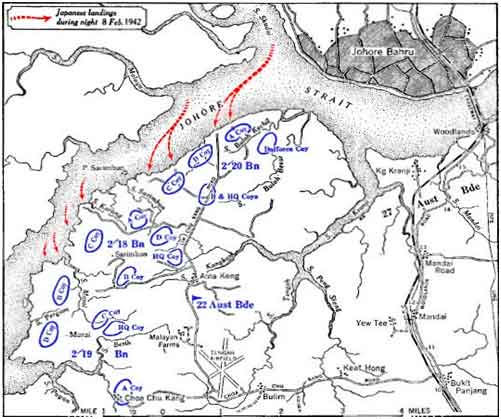

Conclusion
The story of the Defense Committee in Malaya is a cautionary tale of what happens when leadership is fractured by conflicting priorities and strategic disagreements. Air Chief Marshal Sir Robert Brooke-Popham, despite his distinguished career, was unable to unite the committee under a cohesive defense plan, and Major General Bond's concerns about the inadequacies of air power were ultimately proven correct. The fall of Singapore serves as a stark reminder of the importance of unity, adaptability, and clear-sighted leadership in times of crisis.
In conclusion, the internal divisions within the Defense Committee, compounded by the leadership change from Badminton to Brooke-Popham, played a crucial role in the failure to adequately defend Malaya and Singapore. This episode serves as a stark reminder of the consequences of a fragmented defense strategy, particularly when faced with an enemy as formidable as the Japanese forces during World War II.
How You Can Help
Donations and Sponsorships: We are seeking corporate sponsorships and donations to fund ongoing restoration projects and educational programs. Your support can make a significant difference in maintaining the quality and impact of the museum.
Volunteer Opportunities: If you have expertise or time to offer, consider volunteering with us. There are many ways to get involved, from artifact restoration to educational outreach.
Spreading the Word: Share this blog and our mission with your network. The more people who know about the JEATH War Museum and its significance, the greater the impact we can achieve together.
The St Andrews Research Team is dedicated to preserving the legacy of the Thai-Burma Railway and the memories of those who suffered. We need your support to continue our work. There are several ways you can help:
Join the Cause!
If you or someone you know is interested in supporting this cause, please get in touch.
This is a chance to be part of something truly meaningful and impactful.
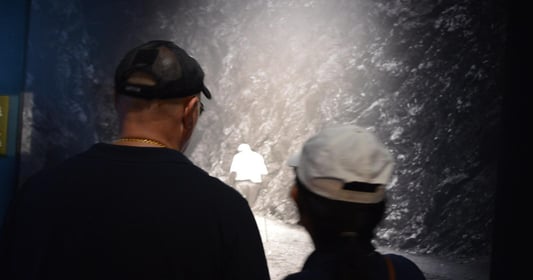

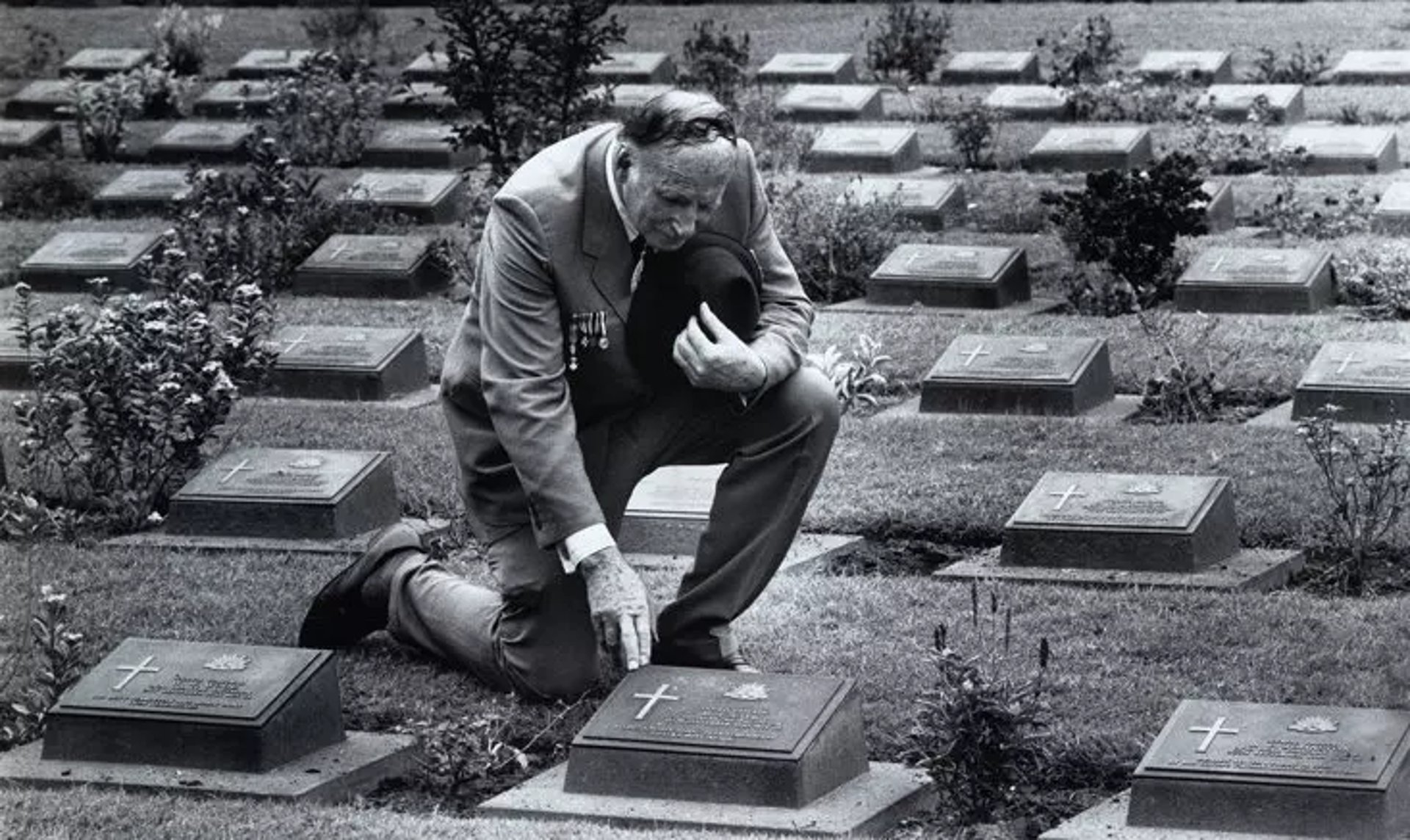
Together, We Can Make a Difference!
This is a veteran-run project, and we need your help to make it happen. Stand with us in honoring the legacy of the POWs and ensuring their stories are never forgotten.
